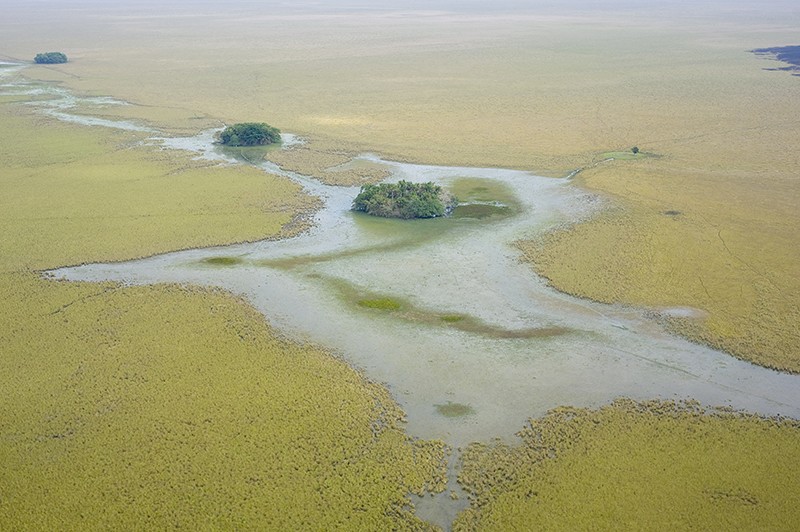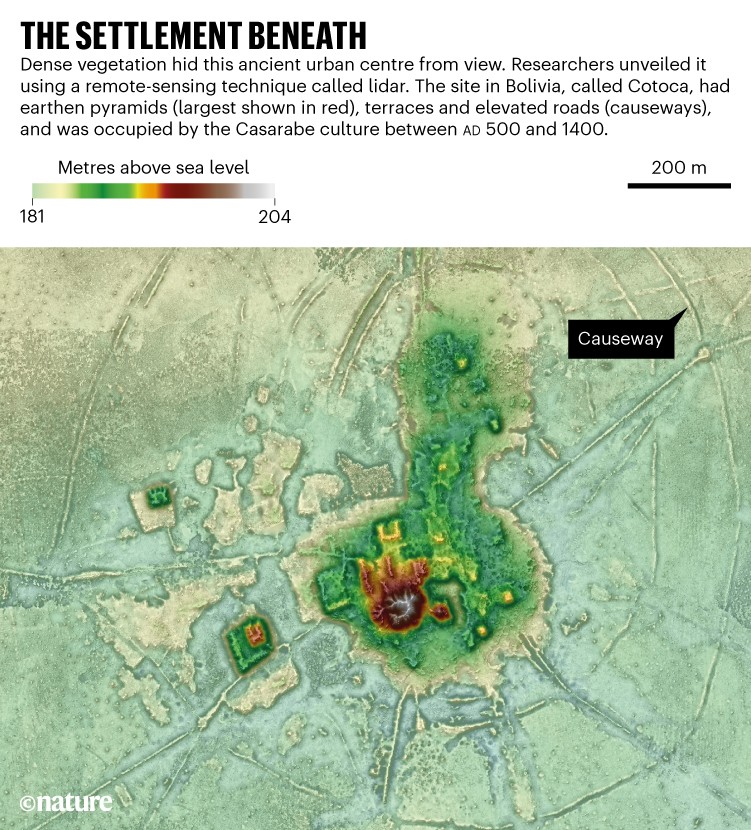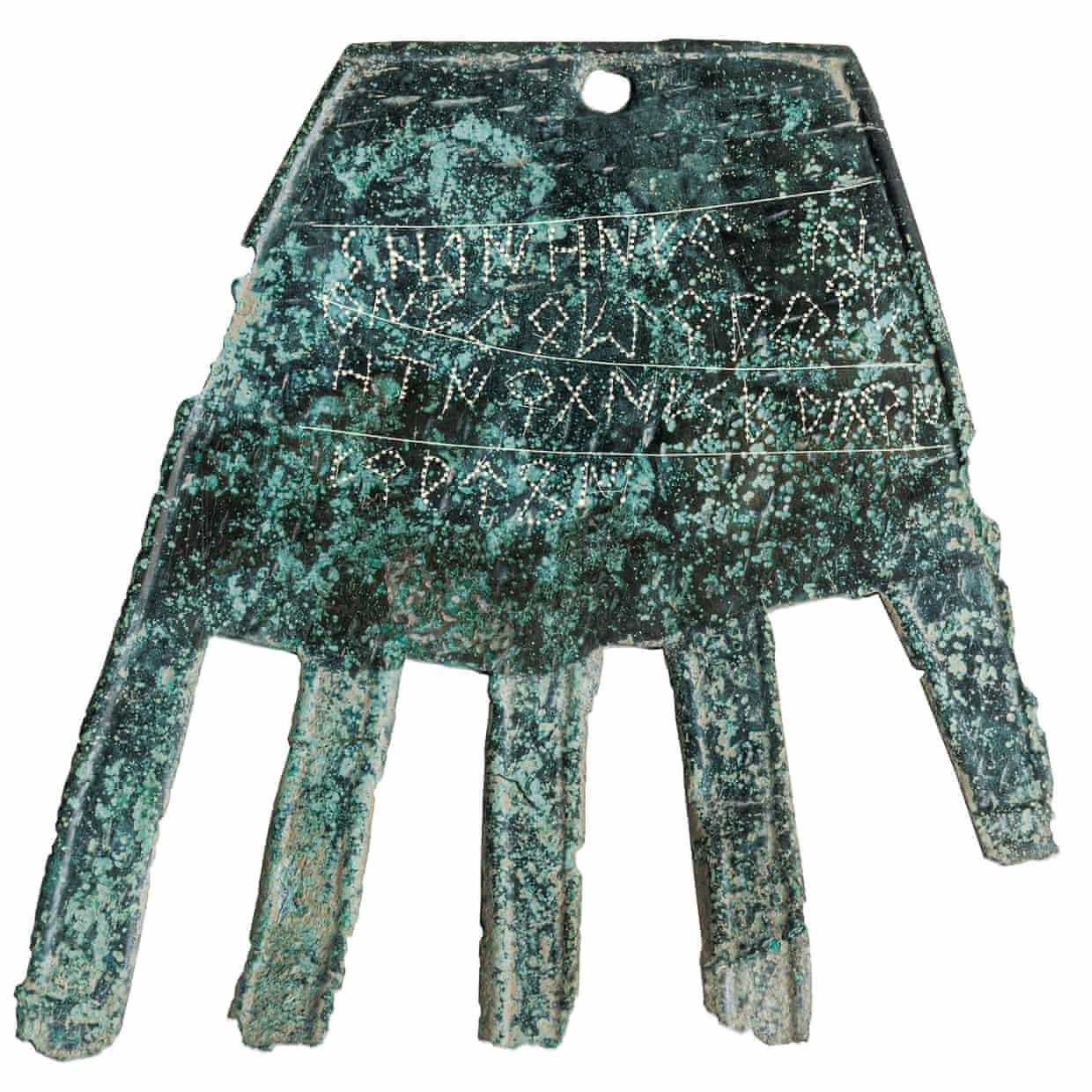Archaeology’s sexual revolution
Techniques that allow researchers to identify the sex of ancient human remains are rewriting what we thought we knew about how our predecessors lived. A grave in Italy dating back 1,500 years contains not a man and a woman holding hands, as was widely reported, but two young men. A Viking warrior found in Sweden was female, not male, as had been assumed by its nineteenth-century discoverers. “There’s a real lack of creativity about how other people lived their lives,” says bioarchaeologist Pamela Geller, “because we are so wedded to the categories that we have in place now.”





